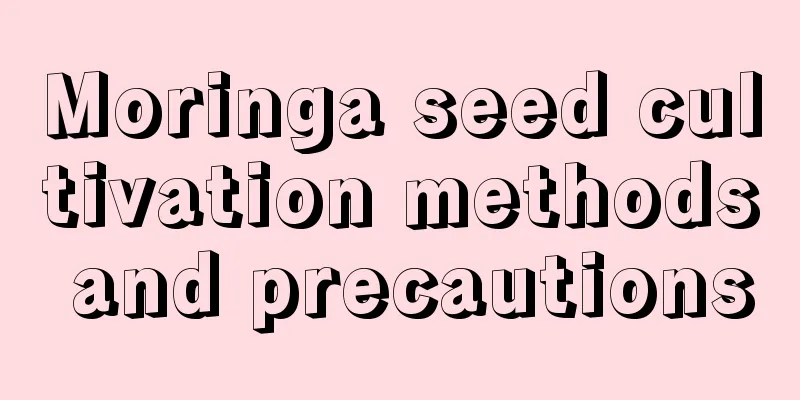How to grow snowdrops well

1. Maintenance methods1. Temperature: Snowdrop is suitable for growing in a relatively cool environment. The normal growth temperature is between 15 and 28 degrees. It is not very cold-resistant. It is not recommended to grow it outdoors in winter. It is best to spend the winter indoors. Because if the temperature is lower than ten degrees, the plant may enter a dormant period, so it cannot be grown in too low a temperature. 2. Watering: Water according to the specific conditions of the soil. There should be no accumulation of water each time you water it, but you should also water it. During the normal growth period, you can water it every two or three days. 3. Light: Snowdrop is relatively shade-tolerant and can grow very well in a slightly darker environment. However, warm and sufficient light would be more suitable for growth, but you should pay attention to shade in the summer and receive warm sunlight in other seasons. This can make the flowers of the plant fuller and rounder, and the growth will be better. 4. Fertilization: Snowdrop flower does not have high requirements for fertilizer. During the growth period, you can apply some dilute fertilizer water to it, mainly nitrogen fertilizer. However, when fertilizing, be careful not to apply fertilizer on the branches and leaves of the plant, otherwise it will easily cause burns and affect the ornamental value. 2. Breeding techniques1. Reproduction: Bulb division is its main method of reproduction, usually in September every year. At this time, the plant will grow some small bulbs, and then you can replant it, but don't bury it too deep, about five centimeters will be enough. 2. Pruning: Do not prune too heavily. It grows relatively slowly and the plant is not very tall. Heavy pruning is not conducive to recovery of growth. You only need to cut off the yellowing branches and leaves. 3. Problem diagnosis and treatment1. Disease: Leaf spot disease will seriously affect normal viewing. You can directly cut off the yellowed branches and leaves. If you use pesticides, you can spray wettable powder. 2. Pests: Nematodes are the main pests and need to be controlled in time. Spray diluted pesticides on the soil for prevention and control. IV. Other issues1. Toxicity: It is non-toxic and can be cultivated in large quantities. 2. Can it be grown at home? Yes, but it cannot be placed directly on the balcony and needs to be shaded. |
<<: How to grow water chestnuts
>>: How to cultivate snow lotus
Recommend
How to grow hibiscus
1. Breeding environment 1. Soil: It does not have...
Green Yuanbao breeding methods and precautions
1. Breeding methods Temperature and light Tempera...
What crops are suitable for growing in winter? What crops are suitable for growing in winter?
In winter, everything withers. Although the weath...
How to maintain saffron and what to pay attention to
1. Loosen the soil Saffron likes to grow in loose...
What is the appropriate temperature for watermelon cultivation? What are the suitable temperatures and requirements for watermelon growth?
Temperature requirements for watermelon cultivati...
How to make green radish grow faster
1. Don’t use too much light The green radish need...
Cold-resistant and beautiful succulent
Fire Festival In winter, with proper water contro...
When does the lotus bloom? What if it doesn't bloom?
1. When to bloom Lotus is a summer flowering flow...
Which month is suitable for planting maiden cucumbers?
The Jade Maiden Cucumber is a new variety of mini...
Can tulips be placed in the bedroom?
poisonous Tulips are poisonous. Tulips contain al...
Breeding methods and precautions of Million Bells
1. Breeding methods 1. Light: Although this plant...
Lettuce planting technology and planting time
The roots of lettuce are relatively slender and d...
Christmas Rose Cultivation Methods and Precautions
1. Maintenance methods 1. Soil: Christmas rose is...
What are the types of Guoyue rose products?
1. Big Rose Paradise The origin of the large-flow...
Camellia cultivation methods and precautions
Camellia is deeply loved by people for its evergr...









